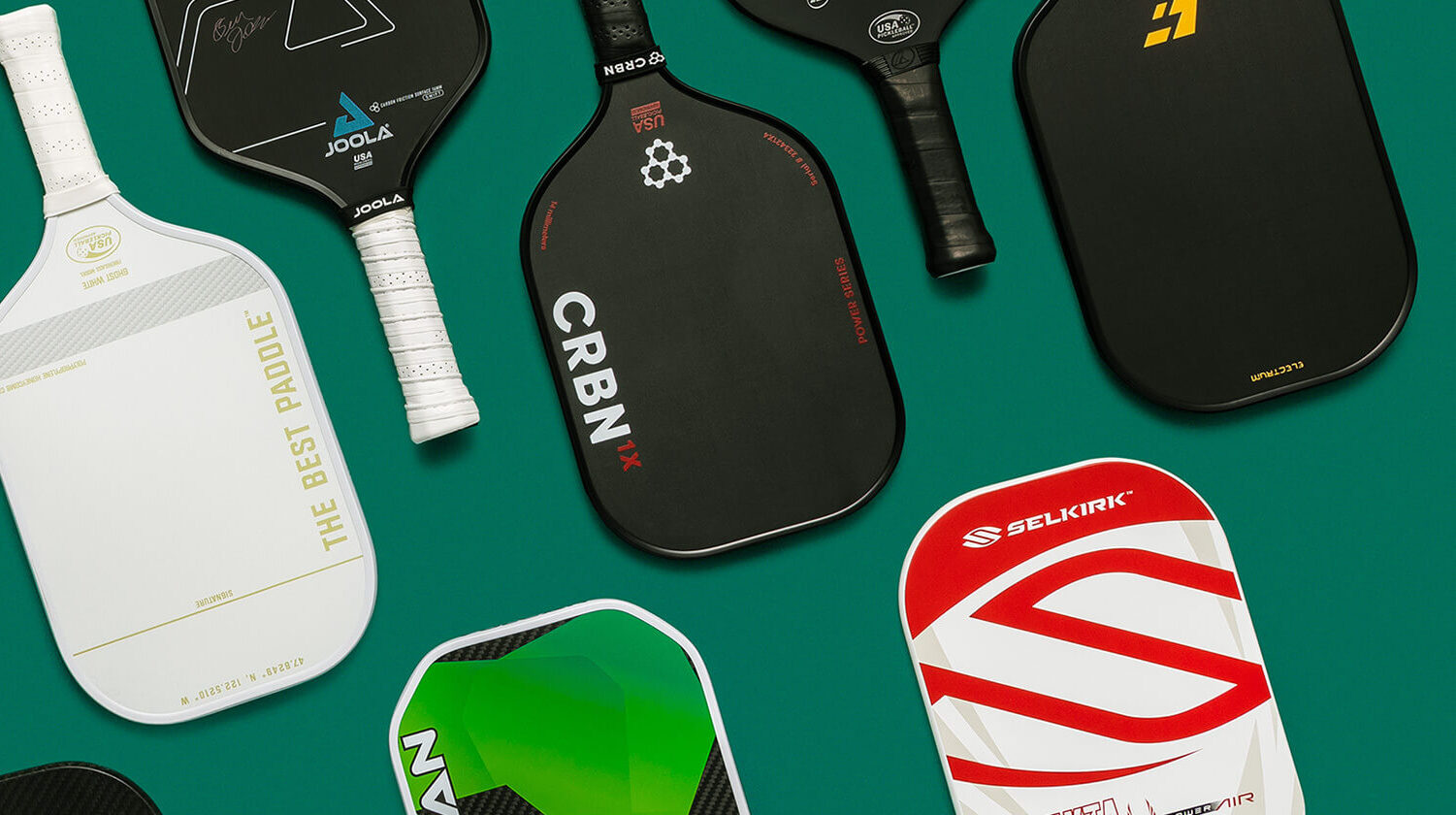Serving is a critical aspect of pickleball that sets the stage for every rally. To ensure fair play and maintain the integrity of the game, specific rules govern the serving process. In this blog post, we will delve into the intricacies of pickleball serving, exploring the rules outlined in the official rulebook and offering valuable insights to help you improve your serving technique.
Calling the Score and Placement
Before commencing the serve, it is essential to call out the entire score. This practice ensures clarity and transparency among players and prevents any confusion during the game. Additionally, the server must direct their serve to the correct service court, which is the court diagonally opposite them. This rule guarantees equal opportunities for both teams.
Clearing the Net, NVZ, and Service Court Lines
The serve may clear or even touch the net but must ultimately clear both the Non-Volley Zone (NVZ) and the NVZ lines. The NVZ, also known as the kitchen, is a restricted area close to the net that players must avoid during the serve. Failing to clear the net, NVZ, or NVZ lines results in a fault. However, the serve is considered legal if it lands on any other service court line, including the sideline, baseline, or centerline.
Contacting the Net and Receiver
If the serve clears the net but subsequently contacts the receiver or the receiver’s partner before bouncing, the serving team earns a point. This rule emphasizes the importance of maintaining control over the serve and rewards accurate and precise placement.
Proper Positioning and Release
To execute a legal serve, players must adhere to specific positioning and release requirements. The server must have at least one foot on the playing surface behind the baseline, ensuring they do not touch the court on or inside the baseline or outside the imaginary extensions of the sideline or centerline. For players using a wheelchair, both rear wheels must be behind the baseline, without touching the court or extending outside the sideline or centerline.
Serving Techniques
Pickleball offers two primary serving techniques: the Volley Serve and the Drop Serve.
- The Volley Serve involves striking the ball without allowing it to bounce off the playing surface. To execute a proper Volley Serve, the server’s arm must be moving in an upward arc at the time of contact, and the highest point of the paddle head should not exceed the highest part of the wrist. Additionally, contact with the ball must be made below the waist.
- On the other hand, the Drop Serve requires the server to strike the ball after it bounces on the playing surface. Unlike the Volley Serve, there are no restrictions on the number of bounces or where the ball can bounce. The server must release the ball from one hand only or drop it off the paddle face from any natural height, without propelling it downward or tossing it upward with the paddle.
Understanding and adhering to the rules of pickleball serving is crucial for a fair and enjoyable game. By calling the score, serving to the correct service court, and ensuring the ball clears the net, NVZ, and NVZ lines, players can maintain integrity on the court. Proper positioning and release, along with mastery of the Volley Serve and Drop Serve techniques, will enhance your serving skills and elevate your overall pickleball gameplay. So, grab your paddle, practice these rules, and step onto the court with confidence as you serve your way to victory!

Leave a Reply